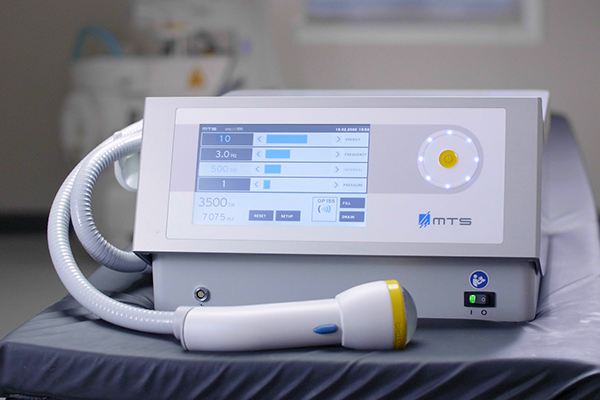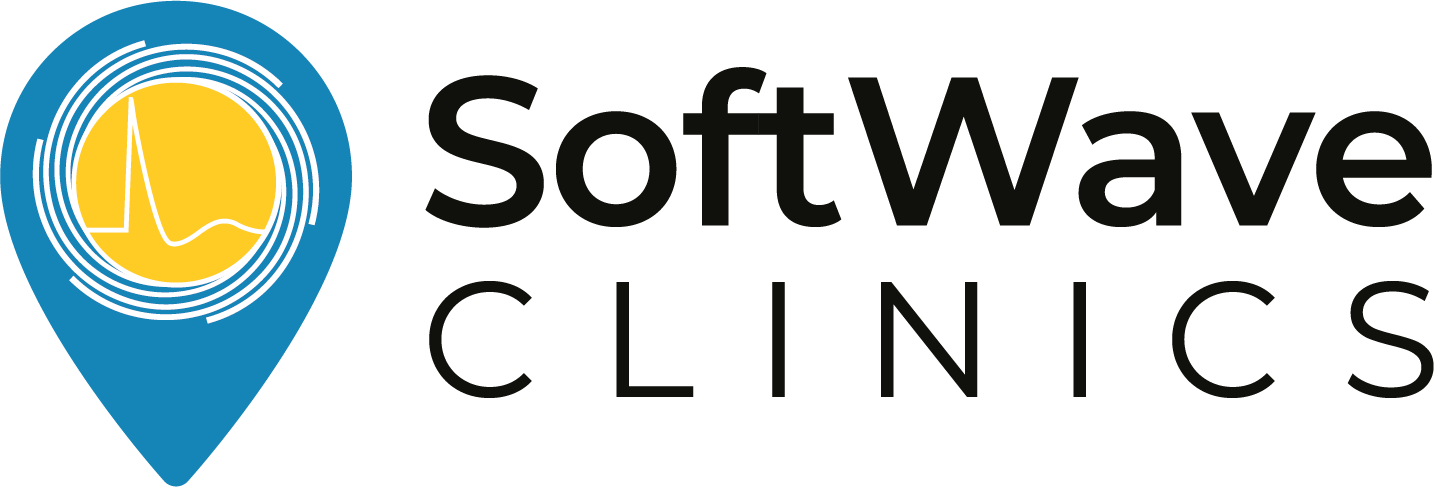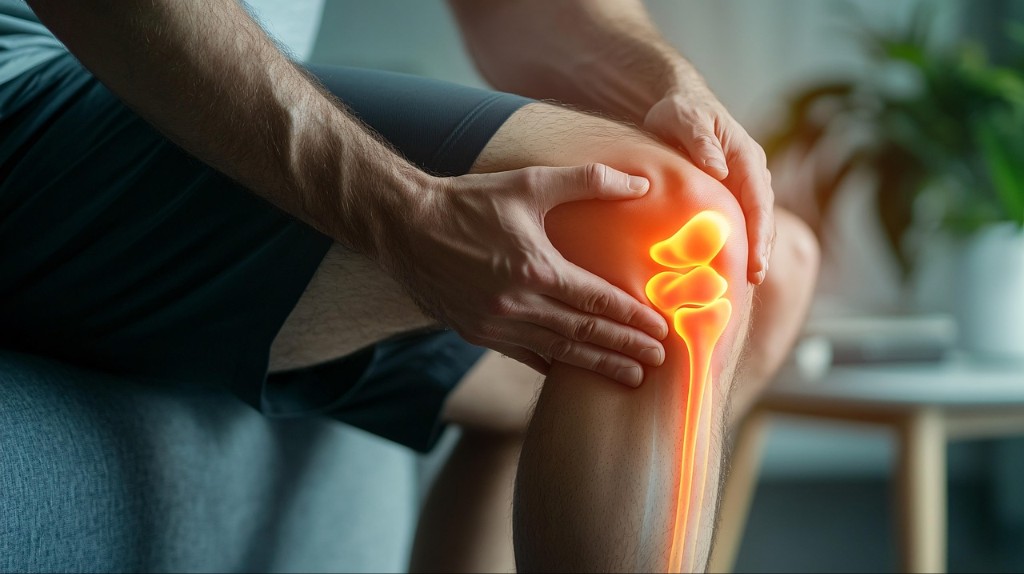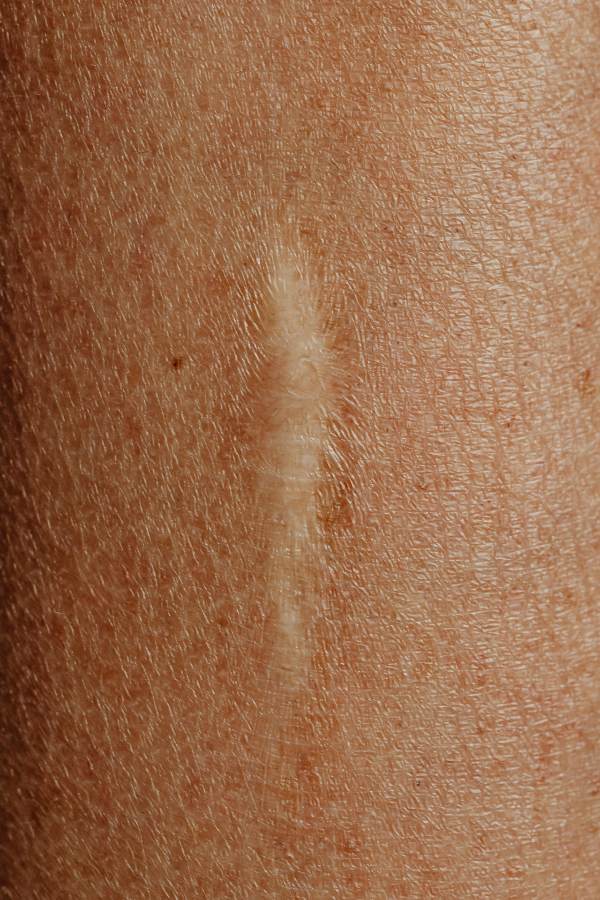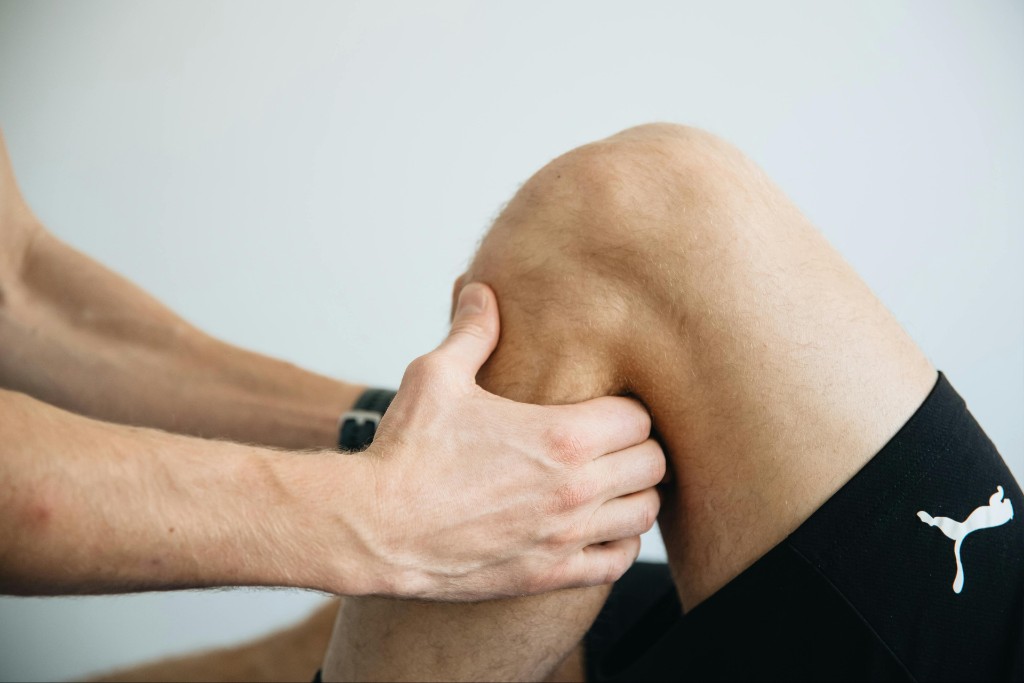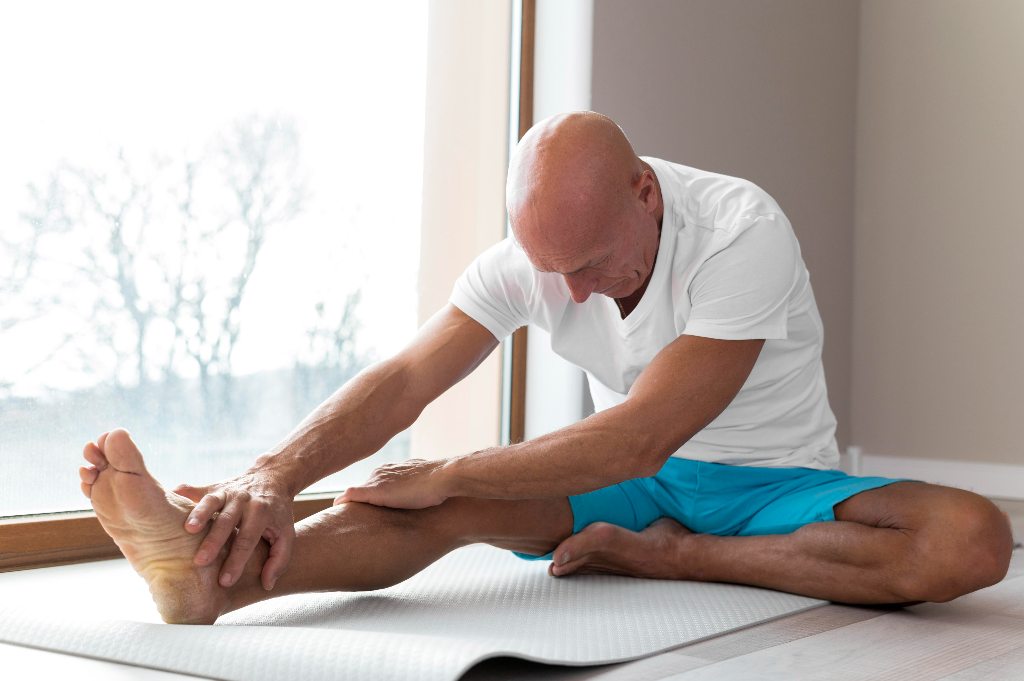PRP injections and SoftWave Therapy are two widely used approaches that aim to support the body’s natural healing response. But they take different routes to get there, and those differences show up most clearly during recovery. From how your body reacts in the first few days to how long it takes to see lasting results, the experience isn’t the same.
If you’re considering either option, this comparison will give you a clearer view of what recovery involves so you can choose the approach that fits your needs and your routine.
What Are PRP Injections and SoftWave Therapy?
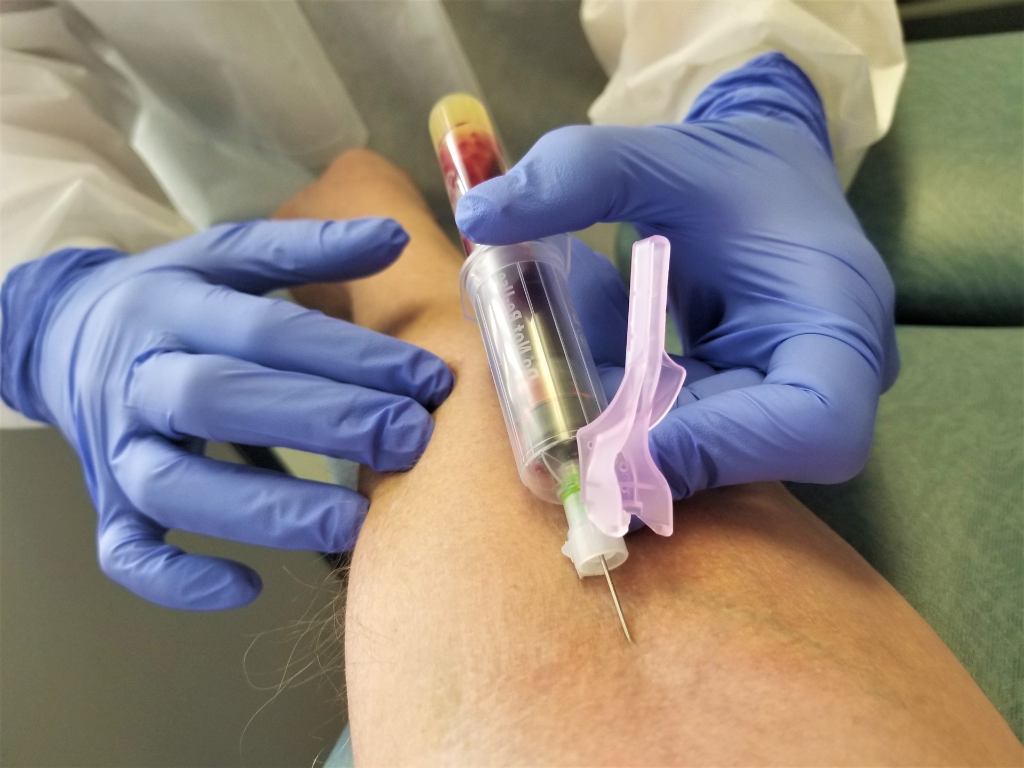
PRP injections begin with a simple blood draw. That blood is spun in a centrifuge to separate and concentrate the platelets, which are rich in growth factors and healing signals. These are then injected into the injury site to encourage repair and reduce inflammation.
SoftWave therapy uses patented, FDA-cleared extracorporeal shockwaves. These waves spread across a broad area and penetrate deeply into tissues to stimulate improved blood flow, encourage cellular repair, and modulate pain and inflammation without the use of needles or invasive techniques.
PRP Injection Recovery Time and What Influences It
After a PRP injection, expect some soreness or mild swelling for around 3 to 7 days. For many, symptoms ease in about a month, and most feel the full benefit 3 to 6 months later. This recovery timeline shifts depending on what’s being treated. Joint injections generally heal faster, while tendon and ligament areas often take longer.
But what affects your recovery? These are the key factors that can shape this process:
- Location of Injection: Joint injections typically cause soreness for 3–5 days, while tendon or ligament treatments may take 7–10 days of continued discomfort.
- Severity and Type of Injury: Minor strains often heal within 1–2 weeks. More severe tendon or ligament injuries can require 3–6 months to see full benefits.
- Number of Injection Sites: Treating multiple areas at once can slow recovery and may limit early physical therapy involvement
- Platelet Concentration & PRP Protocol: Higher platelet concentrations and the use of ultrasound or X-ray guidance tend to enhance healing, especially in tendon injuries
- Patient-Specific Factors: Age, baseline health, and fitness levels affect recovery speed. For instance, older patients often have lower platelet counts, leading to slower healing.
- Adherence to Post-Treatment Care: Rest, hydration, sticking to physical therapy plans, and avoiding NSAIDs supports a smoother recovery.
How Does SoftWave Therapy Compare in Recovery Time and Experience?
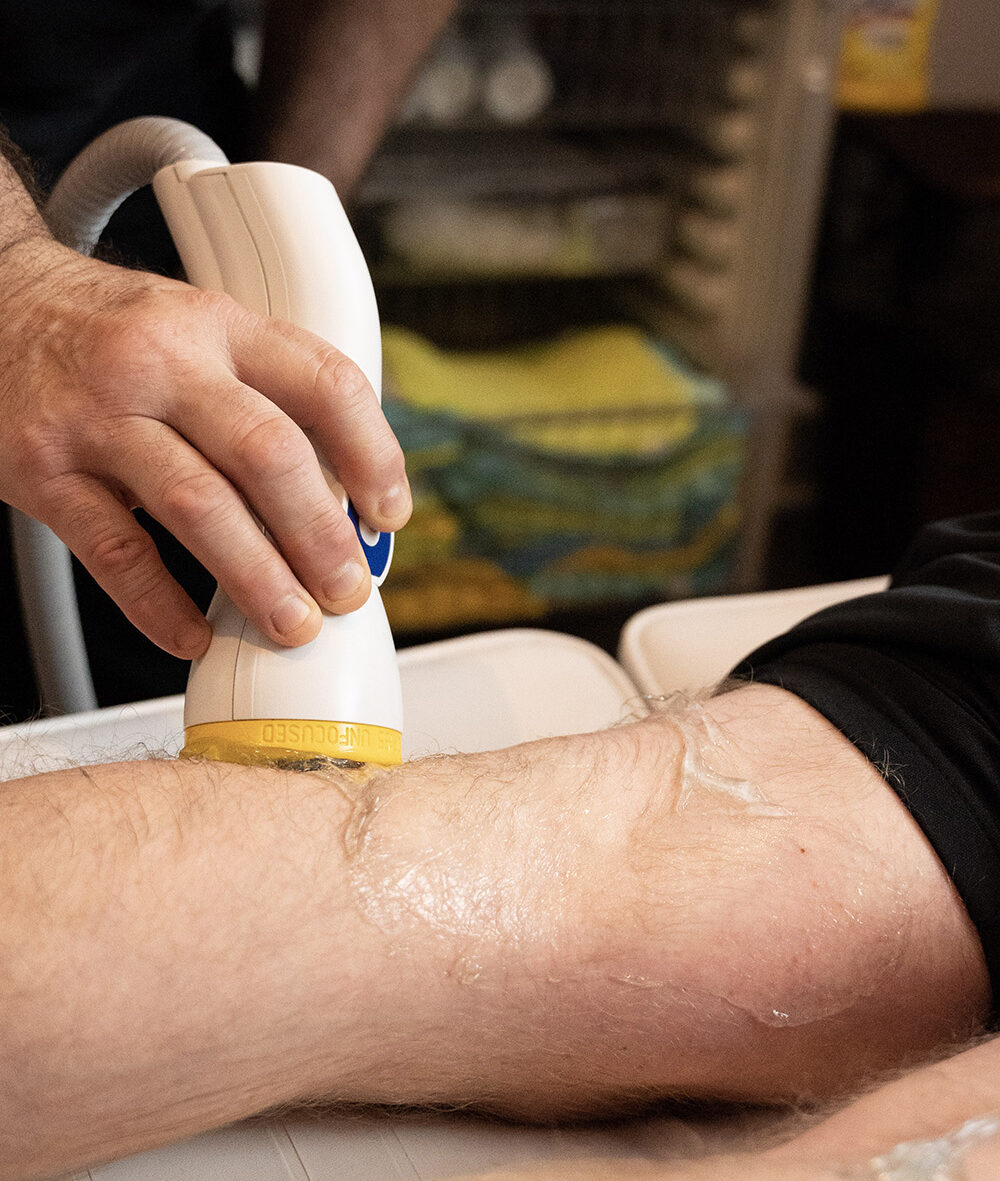
SoftWave therapy sessions take just 10 to 15 minutes, with no needles and no downtime. Patients may feel mild soreness or warmth afterward, but they can walk out and resume light activity right away.
Long-term healing continues as body cells gradually regenerate over the next 12 weeks, supported by improved circulation and the activation of stem cells. Aftercare is simple: hydrate, apply ice if tenderness persists, avoid intense exercise for a couple of days, and consider light physical therapy to support the recovery.
The following factors can influence the recovery process for each patient:
- Condition Severity: Recent sprains or mild injuries often show noticeable improvement within a few weeks as the body responds quickly to treatment. More advanced or chronic issues may benefit from extra sessions as deeper healing unfolds over time.
- Number and Frequency of Sessions: A typical care plan involves 3–6 sessions spread over weeks. Each builds on the last to strengthen regenerative effects. Sticking with the protocol ensures the best results as your tissues steadily repair.
- Patient’s Overall Health and Lifestyle: Hydration, good nutrition, and regular movement support the body’s ability to regenerate and maintain relief. Those managing chronic conditions may see even greater benefit with ongoing or maintenance sessions.
- Aftercare Practices: Drinking water, applying ice to any mild soreness, and avoiding intense exercise for 24 to 48 hours support your recovery process. Gentle stretching or guided physical therapy afterward supports healing and strengthens treated areas.
- Lifestyle and Daily Demands: If the patient’s lifestyle or work stresses the treated area, follow-up visits can help reinforce recovery and maintain comfort. A consistent routine that includes rest and quality sleep supports ongoing progress.
- History of Inflammation or Injuries: Recurring pain or past injuries may benefit from occasional “tune-up” sessions to support long‑term tissue resilience. These visits help keep healing active and guard against flare-ups over time.
PRP vs SoftWave Recovery Time & Experience
Here’s a quick comparison of PRP injections and SoftWave Therapy to help you understand and weigh both treatments:
| Feature | PRP Injection | SoftWave Therapy |
| Session Method | Blood draw + injection (needle) | Non-invasive shockwave applicator |
| Downtime | 3–7 days of soreness; rest for 1–2 weeks | Walk after the session; light soreness may occur |
| Side Effects | Swelling, bruising, and possible infection | Mild tenderness, rarely bruising |
| Return to Function | 4–6 weeks | Light activity right away; improvements in weeks |
| Full Recovery | 3–6 months | Regeneration continues over ~12 weeks |
| Depth of Tissue Reach | Localized to the injection site | Broad and deep targeting |
| Ideal for Chronic Pain | Yes, especially tendon or joint issues | Highly effective for knee pain and other conditions like Arthritis, Carpal Tunnel, Plantar Fasciitis, Patellar Tendonitis, and Wounds |
Read more: Exploring Alternative Treatments for Knee Pain
Which Treatment Is Right for You? PRP or SoftWave?
PRP injections can be helpful for targeting specific injuries, especially when guided imaging is needed for tendon or joint issues. The process uses your own platelets to encourage healing, but recovery can involve soreness, rest, and a longer wait to see results.
SoftWave Therapy takes a different approach. It’s completely non-invasive, doesn’t involve needles, and allows most patients to return to normal activity the same day. Sessions are short, typically well tolerated, and designed to stimulate deeper tissue repair across a broader area.
For many patients, especially those dealing with chronic knee pain or soft tissue injuries, SoftWave offers a faster, lower-impact path to relief. If you’ve already tried other treatments without success or want to avoid downtime, SoftWave may be the option that finally fits your goals and your lifestyle.
Learn more about SoftWave Therapy for knee pain.
The Best Shockwave Therapy for Knee Pain
Are you looking for safe, reliable, and effective relief from knee pain?
SoftWave therapy is FDA-cleared, patented, and nationally recognized for its leading tissue regeneration technology. Unlike other types of high-energy shockwave treatments, SoftWave is the only shockwave therapy on the market that uses true broad-focused shock waves that treat larger and deeper areas of tissue.
Thousands of patients have experienced the benefits of SoftWave for knee pain, including:
- Little to no side effects
- Short treatment time
- Quick recovery
- Long-lasting results
Find a SoftWave Therapy provider near you or learn more about SoftWave and whether or not you’re eligible for full treatment today!
New Patient Special
Try SoftWave for just $69 at a clinic near you and learn if you’re a candidate for full treatment
